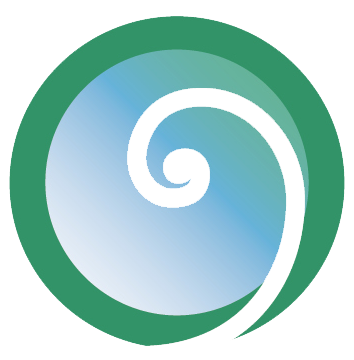I waved away notions of self-love as indulgent navel-gazing, an attempt to escape from the "realities" of the world and its troubles. Then I had an experience on retreat that changed all that. I began to realize how harsh I was with myself, and once recognized, this insight led to a huge transformation.
Turns out that Charlie Chaplin had a similar experience, and his On Loving Myself can be a roadmap to move from self-loathing to self- love.
























